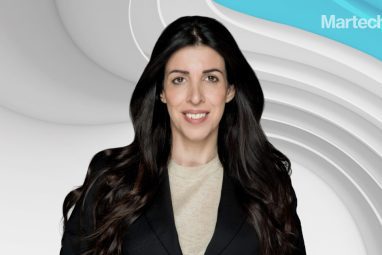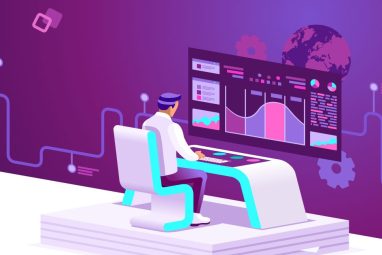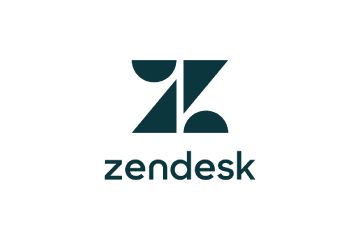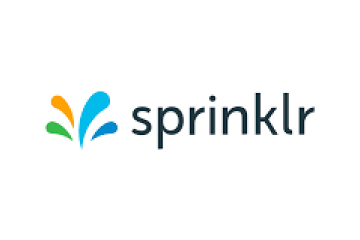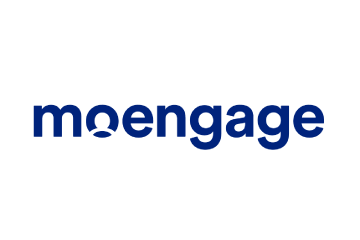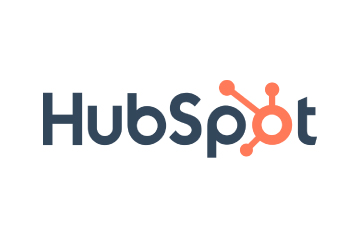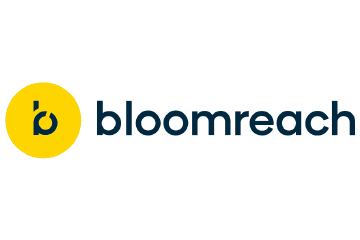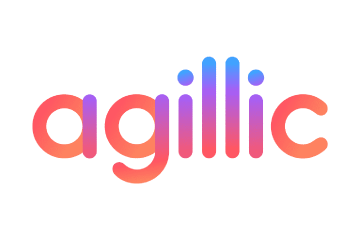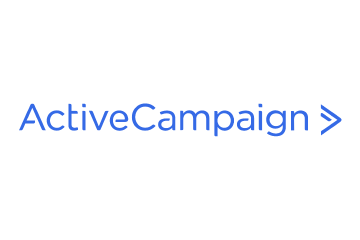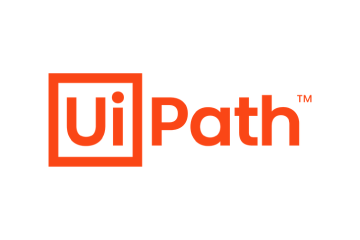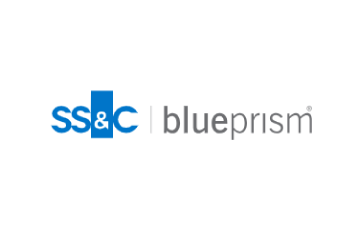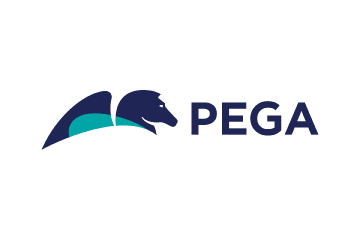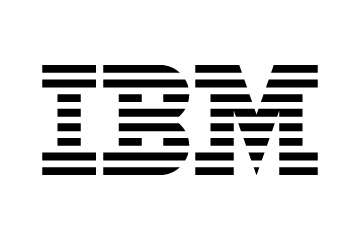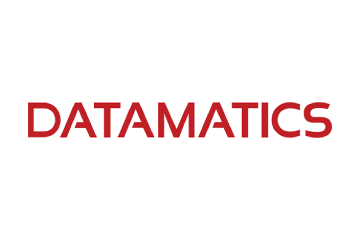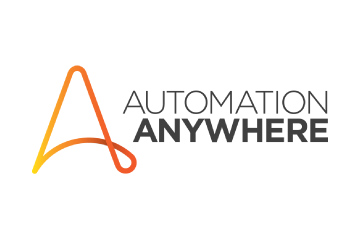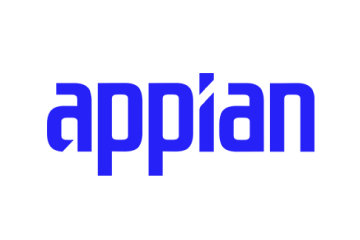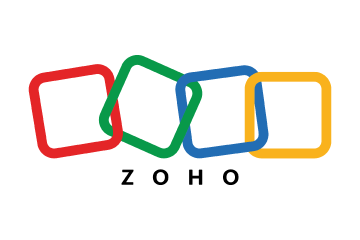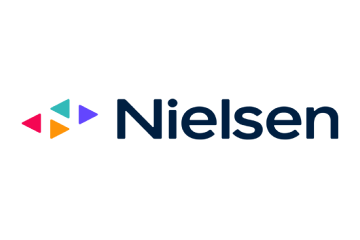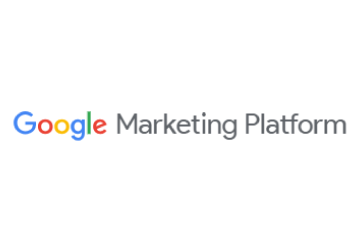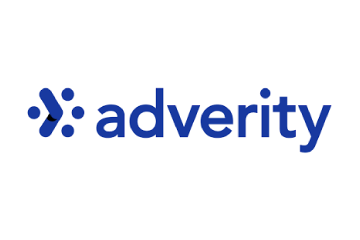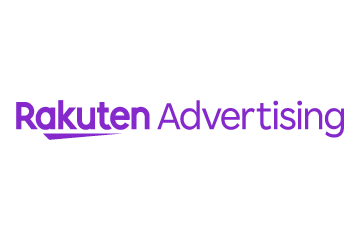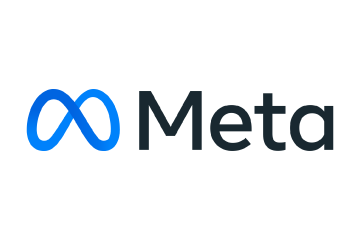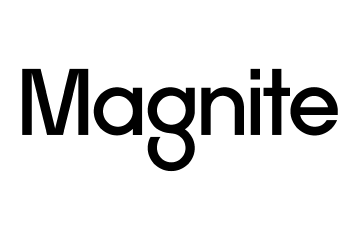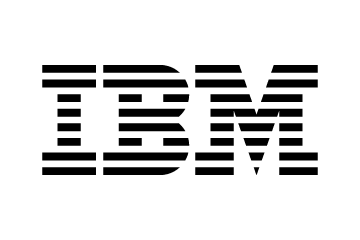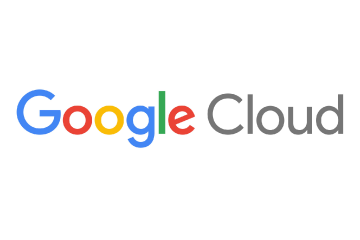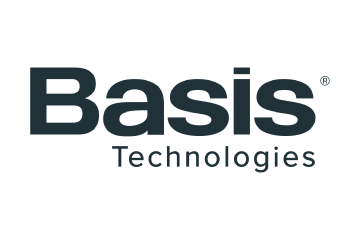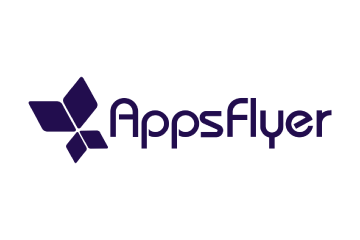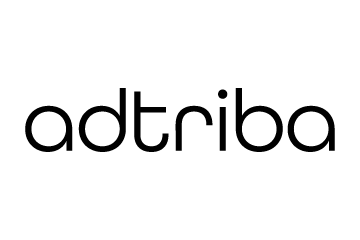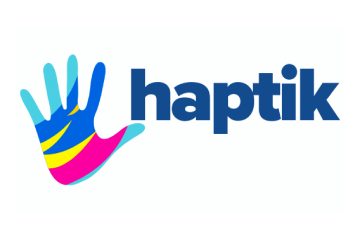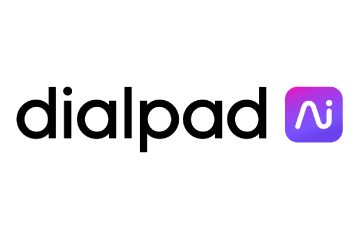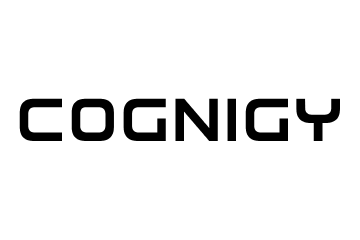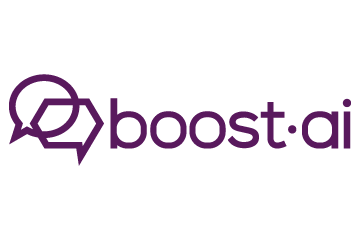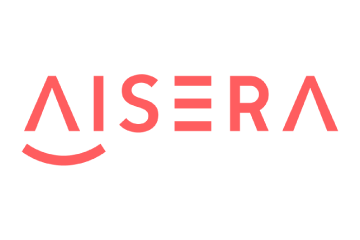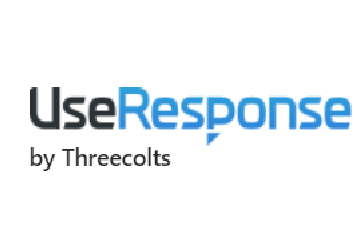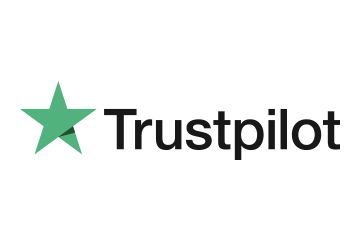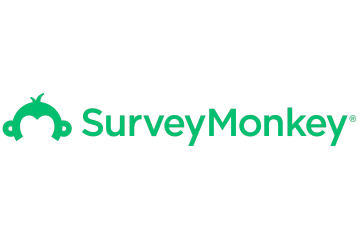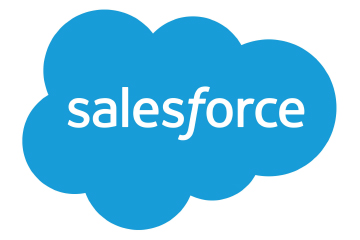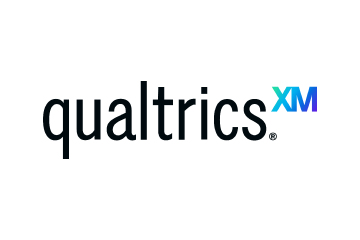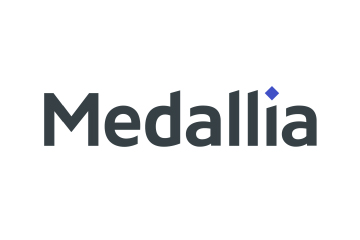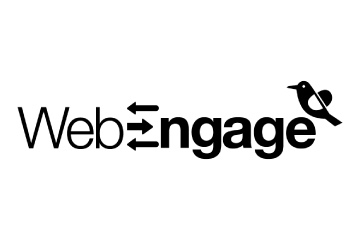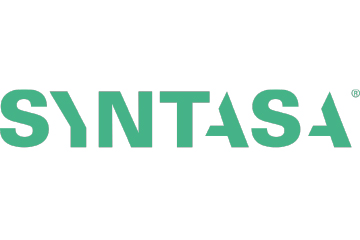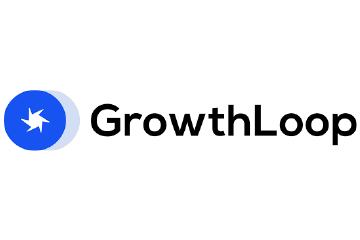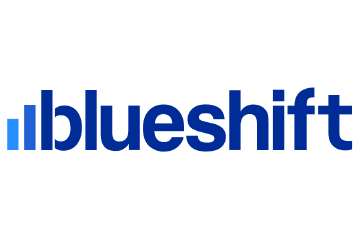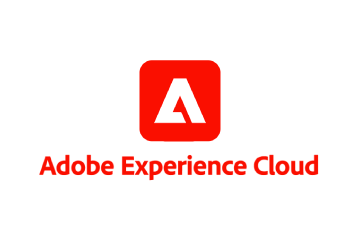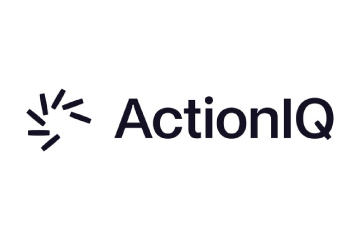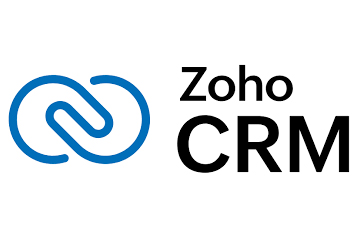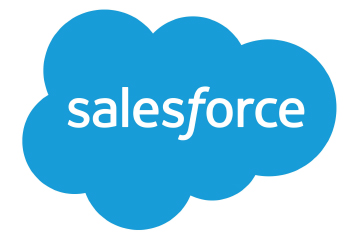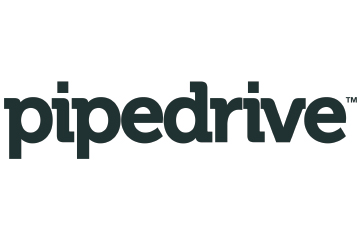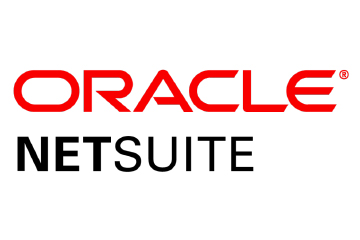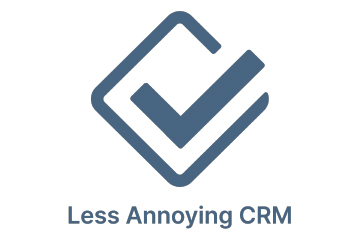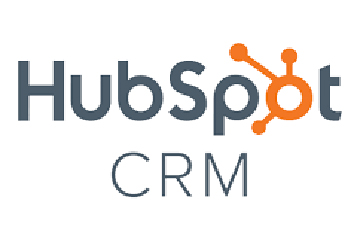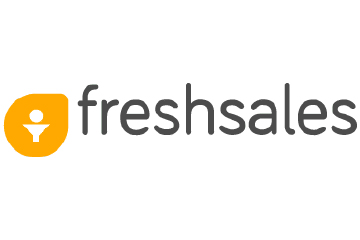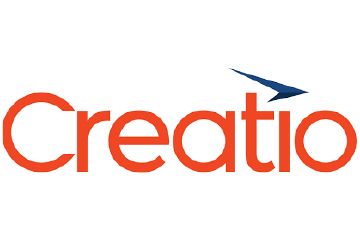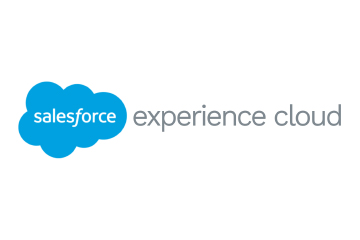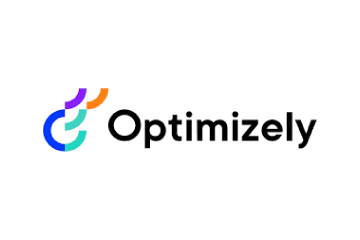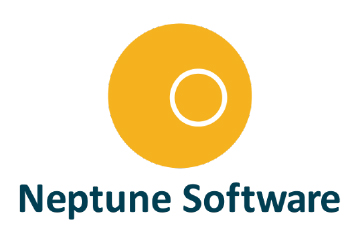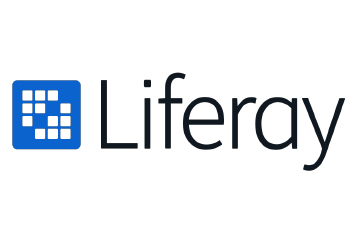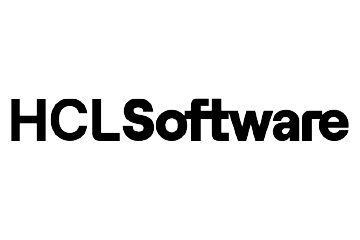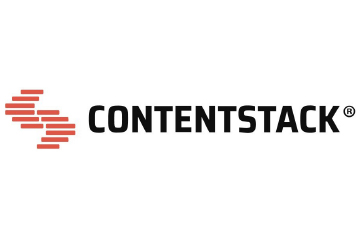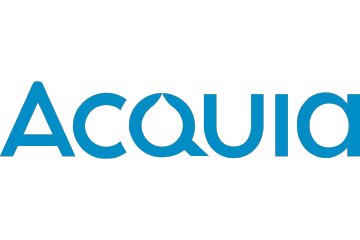Sweden-based digital entertainment company Modern Times Group. Plarium’s claim to fame comes from the success of its RAID: Shadow Legends, rated the number one global RPG.
Today, AI is helping marketers test ideas quickly. It targets the right users more precisely and improves performance across every stage of the funnel. It handles the heavy lifting, spots patterns, recommends changes, and automates actions that might otherwise take days or even weeks to complete manually.
Melike adds, “AI tools can supplement limited human resources across data analysis, documentation, and development processes. This efficiency can help offset increasing UA costs through the smarter allocation of human capital.”
So it’s not just about saving time—it’s about becoming more agile.
- If an ad creative isn’t working, AI can identify the issue and adjust it automatically.
- If one audience starts converting better than another, the system can redirect spend in real time.
That kind of responsiveness can make a big difference when budgets are tight and results are under scrutiny.
Instead of spending weeks trying to guess what might work, teams can now test many ideas at once and see what the data tells them. It’s not always perfect, but it helps them move forward with more confidence.
That steady pace of learning, trying, testing, and adjusting is what’s helping teams find what works, even when the rules keep changing.
Turning Data Limits into Creative Advantages
The ever-changing privacy landscape adds complexity to data-driven marketing teams. For example, the post-IDFA (identifier for advertisers) world brought a lot of disruption. Privacy regulations, especially Apple’s App Tracking Transparency (ATT), have forced user acquisition teams to rethink their entire data approach.
Melike described the impact clearly: “Privacy changes like Apple’s IDFA restrictions have fundamentally changed how we identify and target potential users.” Without access to device-level data, it’s harder to personalise ads and measure performance accurately.
But even here, AI offers a new path forward.
Rather than depending on external tracking, AI helps companies build stronger internal data systems. First-party data has become the new gold standard. By analysing in-app behaviour and patterns, marketers can segment audiences and optimise lifecycle marketing more effectively.
According to Melike, “As third-party data becomes less accessible, building robust systems to collect, analyse, and activate first-party data becomes a competitive advantage. User behaviour within your app provides valuable insights for segmentation and lifecycle marketing.”
In other words, the best data is already in front of them—they just need the right tools to unlock it.
In creative processes, generative AI tools are helping teams design and test ad creatives much faster than before.
“Companies that align their product and marketing approaches with modern consumption patterns will capture more attention,” Melike added, referencing the importance of short-form content and quick engagement loops.
It’s no longer just about what a brand says, but how quickly and consistently it communicates.
The New Growth Edge: Teams That Learn and Adapt Fastest Win
The new competitive advantage in user acquisition isn’t scale. It’s speed.
Melike explained that the mobile app landscape is evolving at “sky-high speed,” especially with AI entering the mix. By the time a problem is identified and a fix is deployed, the ecosystem might already have shifted again.
That’s why adaptability is the new edge.
Teams that can learn, test, and adjust faster will win, regardless of budget size. And AI is the engine powering that flexibility. One of the biggest opportunities Melike highlighted was agile development with AI integration.
Melike said, “Companies that can rapidly adapt to changing conditions by leveraging AI tools for faster development cycles will outpace competitors.” AI helps across the board—product updates, user behaviour analysis, and even monetisation testing.
Another key area is revenue experimentation. “The current landscape presents opportunities for sophisticated A/B testing of diverse monetisation models,” said Melike. The faster a team can figure out what makes an app profitable—without scaring off users—the better its user acquisition strategy becomes.
ALSO READ: 25 Martech Innovators Injecting Agentic AI into the Suite




